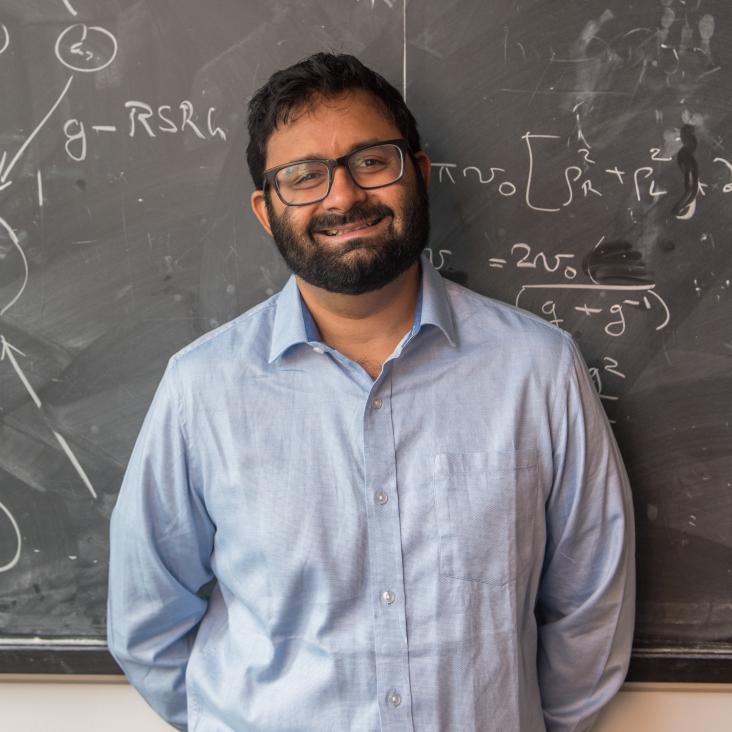Spin crossovers and superdiffusion in the one-dimensional Hubbard model
Physical Review B American Physical Society 102:11 (2020) 115121
Abstract:
We use tools from integrability and generalized hydrodynamics to study finite-temperature dynamics in the one-dimensional Hubbard model. First, we examine charge, spin, and energy transport away from half-filling and zero magnetization, focusing on the strong coupling regime where we identify a rich interplay of temperature and energy scales, with crossovers between distinct dynamical regimes. We identify an intermediate-temperature regime analogous to the spin-incoherent Luttinger liquid, where spin degrees of freedom are hot but charge degrees of freedom are at low temperature. We demonstrate that the spin Drude weight exhibits sharp features at the crossover between this regime and the low-temperature Luttinger liquid regime, which are absent in the charge and energy response, and rationalize this behavior in terms of the properties of Bethe ansatz quasiparticles. We then turn to the dynamics along special lines in the phase diagram corresponding to half-filling and/or zero magnetization where on general grounds we anticipate that the transport is subballistic but superdiffusive. We provide analytical and numerical evidence for Kardar-Parisi-Zhang (KPZ) dynamical scaling (with length and time scales related via x ∼ t 2 / 3 ) along both lines and at the SO ( 4 ) -symmetric point where they intersect. Our results suggest that both spin-coherence crossovers and KPZ scaling may be accessed in near-term experiments with optical lattice Hubbard emulators.Superuniversality from disorder at two-dimensional topological phase transitions
(2020)
Domain wall competition in the Chern insulating regime of twisted bilayer graphene
(2020)
Asymptotically exact theory for nonlinear spectroscopy of random quantum magnets
(2020)
Spin crossovers and superdiffusion in the one-dimensional Hubbard model
(2020)


